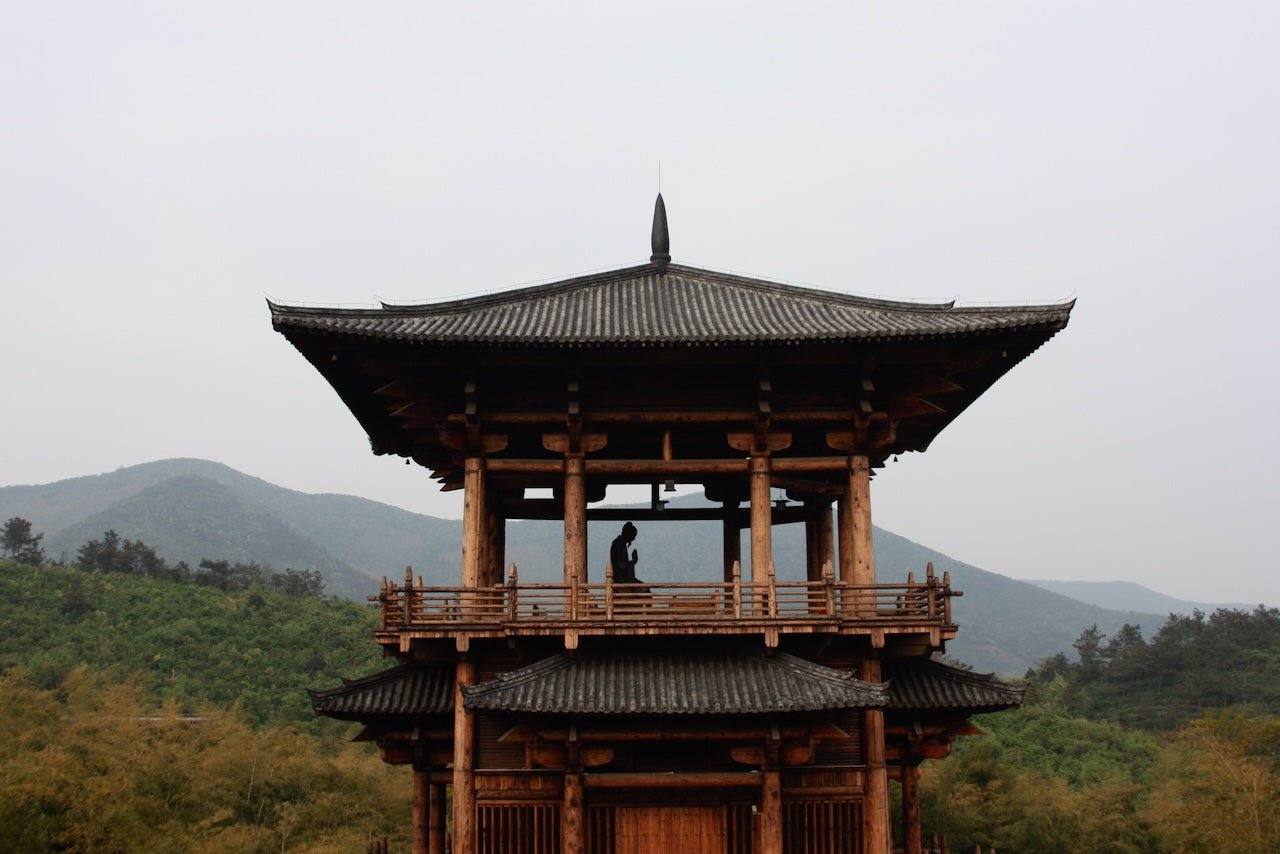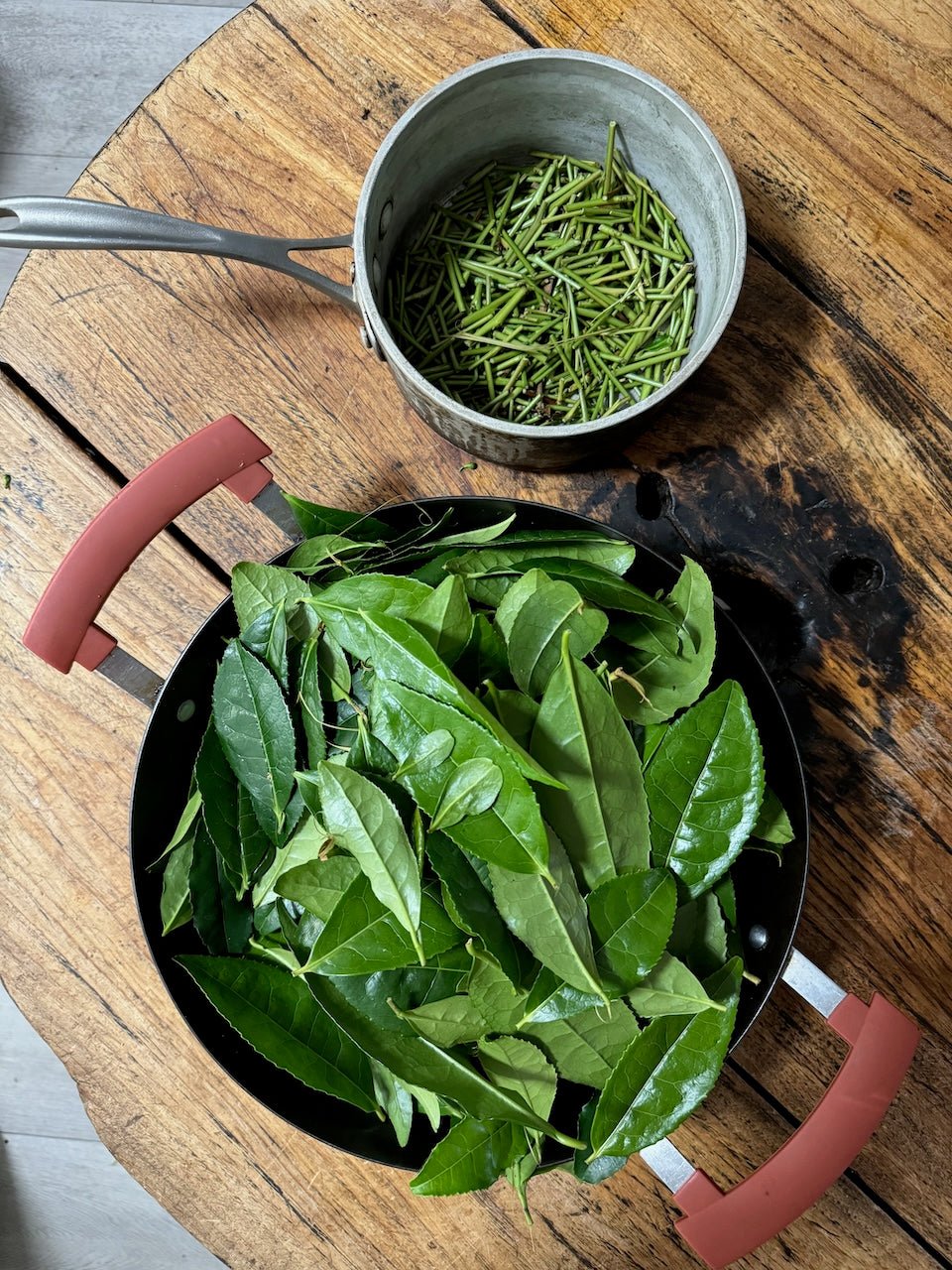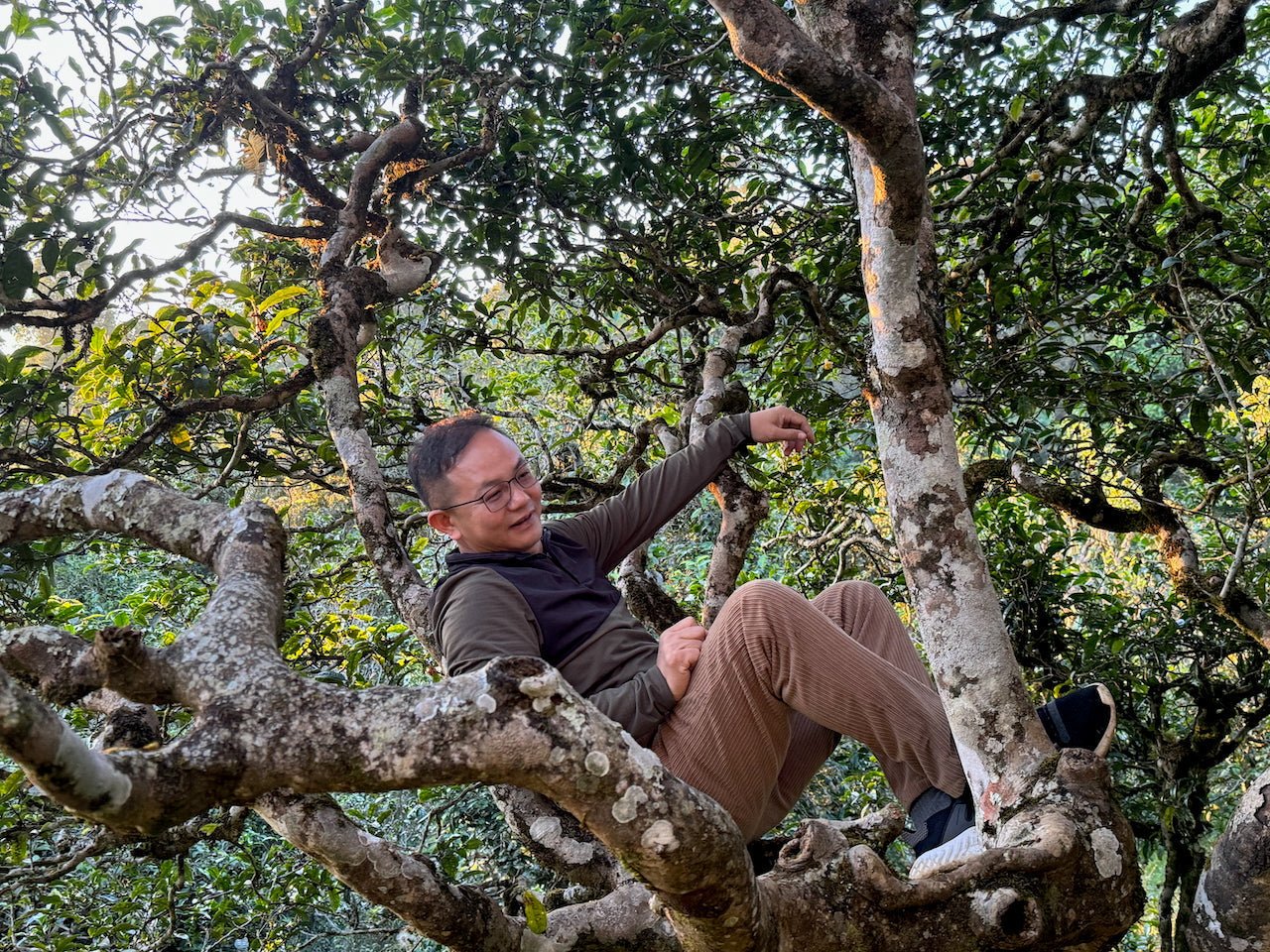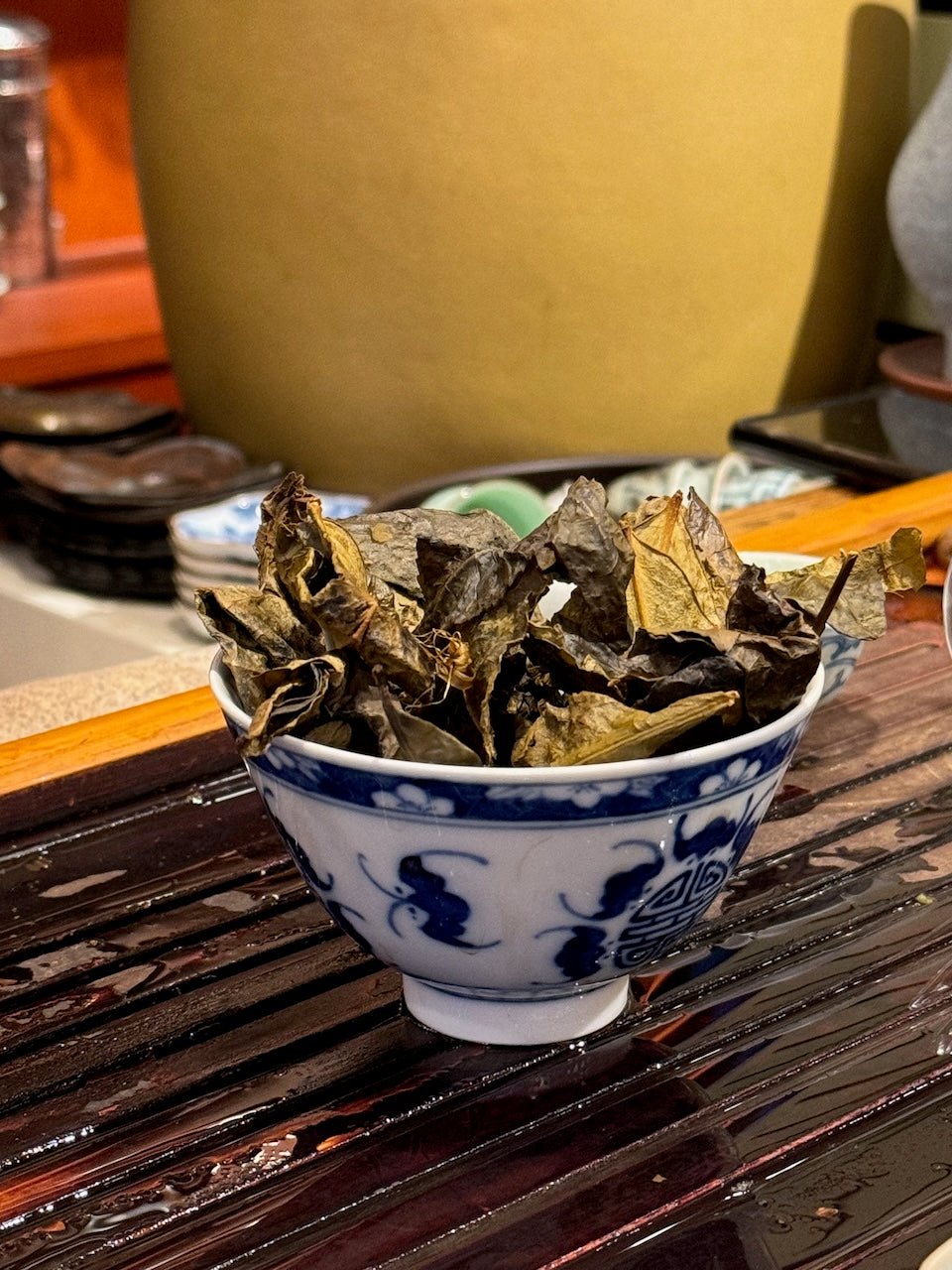LU YU, THE TEA SAINT, AND HIS 'PURPLE BAMBOO' (ZISUN) TEA PLANT

It is very hard to imagine a world without tea. From the refined tea houses in Hangzhou to the rugged gers of Mongolian nomads, from quaint Japanese Sadō rooms to steaming pots in Indian markets, Camellia sinensis leaves are an integral part of the lives of billions of people.
There is a strong case to argue that we owe much of this to a gentleman born in the 8th century in what is now present-day Hubei Province, China. Lu Yu, often referred to as the "Sage of Tea" or the "Tea Saint," was born in 733 CE during the Tang Dynasty. Abandoned as a child, he was later adopted by a Buddhist monk.

Lu Yu, in Zhang Wenhua's tea garden, Changxing
Lu Yu appears to have been far from fond of monastic life; instead, he was interested in Confucian learning and the arts. He was particularly fascinated with tea and spent years mastering the art of tea cultivation and preparation.
His most influential work is the Cha Jing (The Classic of Tea), the first known in-depth volume on the subject. It explores tea cultivation, processing, brewing, and the spiritual aspects of tea drinking. Lu Yu was both a stickler for tradition (in line with the Confucian values of his era) and an erudite scholar.
If you would like to read an English translation, we recommend the one kindly offered by the Global Tea Hut.
Much information about Lu Yu is available online. For the purposes of this essay, let us say that Lu Yu had a transformative influence; his life and works sparked a broader cultural movement in China. Tea was no longer a simple herb—it became the cornerstone of a lifestyle and practice embraced by scholars, artists, and nobles.

Lu Yu's Stomping Grounds
Lu Yu spent much of his adult life living and perfecting the art of tea in eastern China, specifically in present-day Changxing (Zhejiang Province). He seemed particularly fond of a cultivar known as Guzhu Zisun (Purple Bamboo), which soon became a favourite of Tang emperors.

The land is covered with rolling hills and thick bamboo forests; it is ideal for the cultivation of tea.

An Very Versatile Heirloom
紫笋群体种 (Zisun QunTi Zhong), denotes heirloom tea plants, grown from seed. Local Changxing scholars believe the DNA of these tea bushes is as close as it gets to the tea plants that Lu Yu and friends enjoyed back in Tang. Ms. Zhang personally loves the flavour of the leaves from these old tea bushes; she reminds us, however, that it is much easier to achieve consistent results with tea leaves from newer cultivars, reproduced by cloning. With these old bushes, every small batch is a once in a lifetime experience. In the Tang Dynasty, these leaves were processed as 'little tea coins'.






Comments